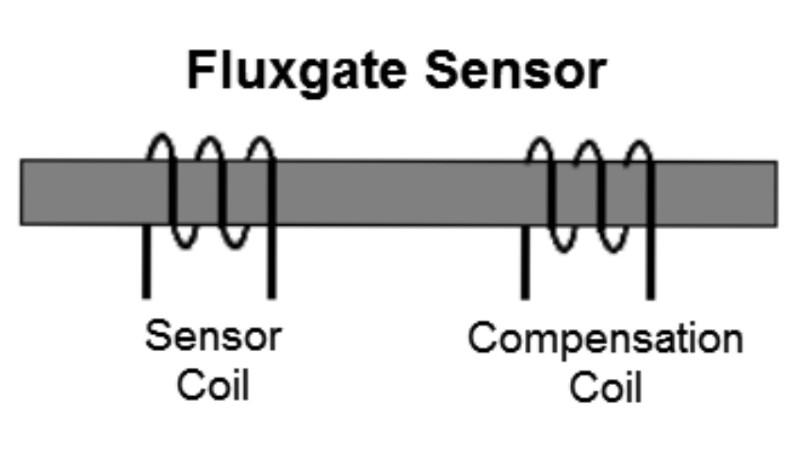There are moments when current measurement is required on conductors that can’t be broken to insert a series resistor, nor encircled with a current transformer. These measurements require a completely non-invasive technique, and to satisfy that demand there are commercial magnetometer current probes. These probes are however not for the light of wallet, so [ensgoldmine] has created a much cheaper alternative.
The Texas Instruments GRV425 flux gate magnetometer integrated circuit on its TI evaluation module provides the measuring element placed at the tip of a probe as close as possible to the conductor to be measured, with another GRV425 module at the head of the probe to measure ambient magnetic field for calibration purposes. An Arduino Due measures and processes the readings, chosen due to its higher-resolution ADC than the more ubiquitous Arduino Uno.
The write-up is interesting even if you have no need for a current probe, because of its introduction to these sensing elements. Because it’s a rare first for Hackaday, we’ve never taken a close look at them before other than as an aside when talking about a scientific instrument on Mars.
















Thanks, so in a simpler application should be able to tell me comparative polarity of a fixed magnet and with appropriate calibration change in field strengths of alternators and motors under test as well as probing for stray magnetic field lines around prototype novel motor topologies ?
It should be able to do all of this, see my bachelor project for details, google “pavelka fluxgate”…
Regards
Roman
Does it sense the current direction?
It can be used for DC and AC .
Sure, it can tell the polarity of a magnet, provided said magnet produces a field less than 2 milliTesla, where the device saturates. But I’m not sure something that produces a field of only 2 mT really qualifies as a “magnet” in the usual usage of the term.
From the project page:
>Arduino DUE has a 12-bit integrated ADC (Analog to Digital Converter). This eliminates the need for an external ADC, and increases measurement accuracy.
The accuracy depends on the calibration not resolution. You can have 8 digits of numbers, but lousy 10% tolerance rendering most of the extra digits useless for any accurate work. The quality of the circuit i.e. drifts of the reference source, noise in the circuit, linearity etc affects the accuracy. Linearity can be corrected with curve/piece-wise fitting.
doesn’t seem like it would work with just a point measurement of magnetic field. The geometry of the mounting would have to be analyzed carefully to estimate the current through the line. See the application in the datasheet for current measuring.
Loop path senors work due to Amperes law.
Use a split current transformer, and your done.
“nor encircled with a current transformer.”
He does say in his project he is measuring currents going through a trace on a PCB.
Putting a PCB inside a split-core transducer may be possible if you have enough money for an appropriate sized split transformer, but big split-cores are designed to measure big currents.
Not to mention most PCBs would have currents on a trace going one way that get cancelled by currents going the other way on other traces. Essentially, a split-core would not work.
A pair can be used to build an electronic compass, but they had large wings out each side to collect the weak mag field and this made them delicate plus they were $85 ea. Tried it back in the 80’s for a crude R/C aircraft autopilot. Adding a third you can create an artificial horizon but need to keep your Lat/Lang updated, and that created a need for knowing your Lat/Lang which made ground-speed important so the project expanded into Loran or RDF to known radio towers plus building a 6502 for all the calcs… meaning a second winter of work for writing the software.
… a project that mushroomed beyond practical. Fun for a year, but weight of batteries, $$$, and being so delicate, was much too high.
Today? Just get an ardupilot.
Fluxgate sensors alone? Nice exercise for many a project. A common use is non-contact monitoring the wire to your brake lights to detect a burnt out bulb.